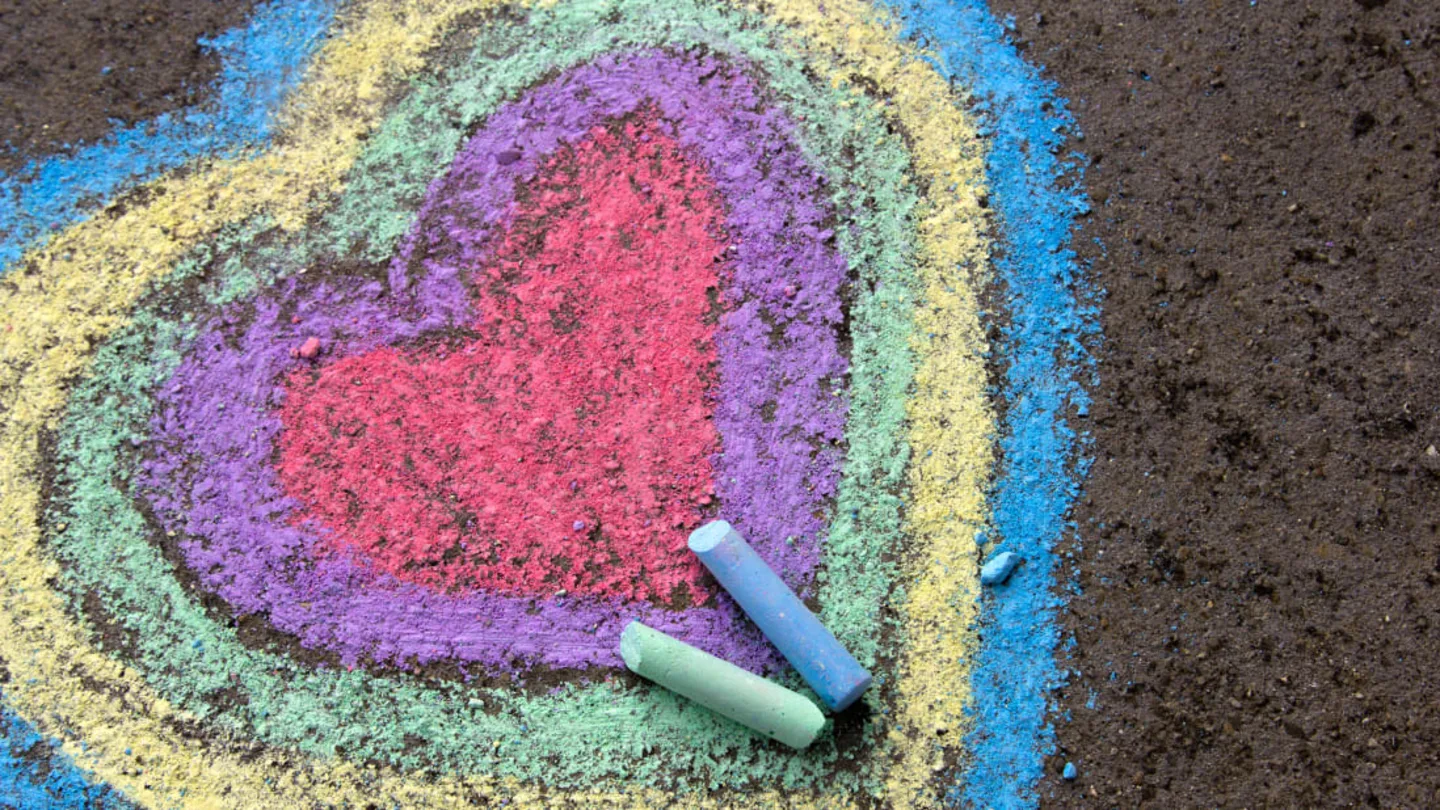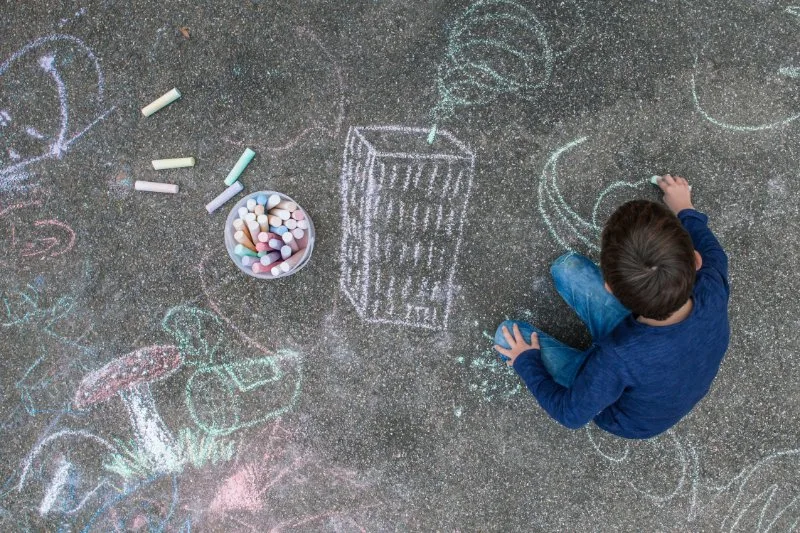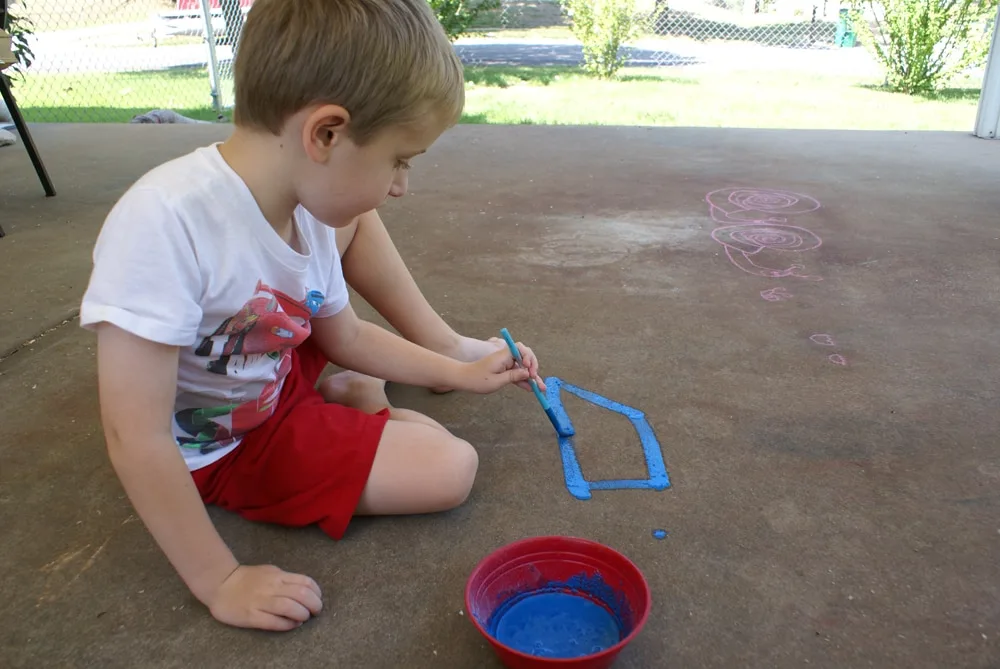Chalk is often seen as a harmless classroom staple.
But is this common teaching tool actually environmentally friendly?
Here’s a look at the pros and cons.
Is Chalk Environmentally Friendly?

Chalk can be considered environmentally friendly in moderation.
Pure magnesium carbonate chalk is non-toxic and biodegradable.
However, mining chalk ingredients harm habitats, and excess chalk dust degrades soil.
Sustainable sourcing and using chalk responsibly reduces environmental impact.
Key Points
- Chalk’s main component, magnesium carbonate, is non-toxic and biodegradable.
- Chalk mining and dust contribute to habitat loss and soil degradation.
- Chalk is more eco-friendly than plastic-based options like markers.
Our Opinion
Chalk is one of the most sustainable writing tools available today.
While no product is perfect, chalk’s biodegradable nature and lack of toxic chemicals make it a wise eco-friendly choice over markers and pens.
Using high-quality chalk responsibly is important for reducing environmental impact.
We feel comfortable recommending chalk as an environmentally friendly option.
Is Chalk Biodegradable?

Chalk is made from natural minerals like calcium carbonate and magnesium carbonate, so pure chalk should break down naturally. This makes it biodegradable and low-waste compared to plastic options. However, some lower-quality chalks may contain impurities like dyes, clays, or gypsum that could harm the local ecosystem when released.
The chalk itself causes little direct harm, but the mining process can damage habitats and release greenhouse gases. Excessive chalk dust can also degrade soil, restrict plant growth, and negatively impact animals if it enters waterways.
While not perfect, chalk remains one of the most eco-friendly classroom tools available. Using chalk holders, liquid chalk markers, or chalk paint can further reduce waste and minimize environmental impact. With mindful sourcing and use, chalk can be a sustainable choice.
How Is Chalk Produced?
Chalk is produced from natural mineral deposits of calcium carbonate and magnesium carbonate. These minerals are mined and then ground into a fine powder. To make chalk sticks, the powder is mixed with water and molded into the familiar stick shape before being dried and packed.
Liquid chalk markers work a bit differently. The chalk powder is mixed into a fast-drying cream that allows smooth writing on boards and windows. This method contains less dust and allows for vibrant colors.
For chalk paint, the minerals may be mixed with clays, pigments, and binders to create a thick, adhesive paint. This gives furniture and walls a distressed, vintage look.
While traditional stick chalk remains the most common, these innovative chalk formats demonstrate the versatility of this simple mineral. With mindful production methods, chalk can continue serving classrooms in an eco-friendly way.
Can Chalk Be Recycled?

While chalk itself is not commonly recycled, the chalkboards it’s used on often are. Traditional blackboards were made of slate, which is durable but heavy. Today’s chalkboards use materials like recycled paper, steel, and plastic that are lighter-weight and more eco-friendly.
Some creative recycling ideas for used chalk include:
- Chalk paint – Finely crushed chalk mixed into paint creates a distressed, matte finish on furniture.
- Driveway art – Kids can draw fun sidewalk chalk games with used classroom chalk.
- Traction aid – Crushed chalk sprinkled on slippery garden paths increases friction and helps prevent falls.
- Compost – Calcium from chalk aids soil nutrition for vegetable gardens.
While not yet common, some schools are starting “chalk recycling” programs, collecting used nubs too small for hands but fine for art projects. With some creativity, chalk can enjoy another life before biodegrading harmlessly.
The most sustainable option, however, is liquid chalk markers. The “ink” lasts longer with less waste compared to traditional sticks. And the boards are reusable over and over.
Are There Eco-Friendly Chalk Alternatives?
Yes, there are some great eco-friendly alternatives to traditional chalk:
- Liquid chalk markers – As mentioned, these last longer and generate less waste.
- Whiteboard markers – No dust and the boards are reusable.
- Natural chalk – Made from minerals like calcium carbonate and pigments.
- Fast-drying chalk – Creates less dust and cleans up easily.
When shopping for chalk, look for options sourced sustainably without habitat destruction. Seek chalk free from impurities that could harm soil and water. Eco-friendly chalk is better for the environment, students, and teachers.
With some clever thinking, we can enjoy chalk’s benefits in the classroom while minimizing its impact. Small changes add up when we all chip in!
FAQ
How Is Chalk Bad for the Environment?
Chalk can be bad for the environment if it contains toxic additives or impurities that leach into soil and waterways. Excessive chalk dust in the air can also be a respiratory irritant. The mining of chalk’s key ingredient, magnesium carbonate, contributes to habitat destruction and greenhouse gas emissions.
Is Chalk Biodegradable or Nonbiodegradable?
Chalk is generally considered biodegradable, meaning it can break down naturally over time. Pure magnesium carbonate chalk will fully degrade into harmless components. However, some lower-quality chalk may contain non-biodegradable additives.
Is Chalk Better Than Markers for the Environment?
Chalk is widely regarded as more environmentally friendly than markers. It does not contain plastics, inks, or solvents like many markers do. Chalkdust washes away with rain, while marker chemicals can persist and contaminate soil and water.
Is Sidewalk Chalk Toxic?
Sidewalk chalk is generally non-toxic when used as directed. Pure magnesium carbonate chalk contains no toxic ingredients. However, some cheaper sidewalk chalk brands may contain impurities or additives that could be harmful in large quantities. As with any product, it’s best to use sidewalk chalk in moderation.
Conclusion
Chalk is generally considered an environmentally friendly product. It is biodegradable, non-toxic, and low-waste compared to alternatives like markers and pens. However, chalk production can contribute to habitat destruction, while chalk dust and buildup may harm local ecosystems if not managed properly. Using high-quality chalk, minimizing dust, and practicing sustainable sourcing is important for reducing chalk’s environmental impact. Overall, chalk is a good option for those looking for an eco-friendly writing tool.
